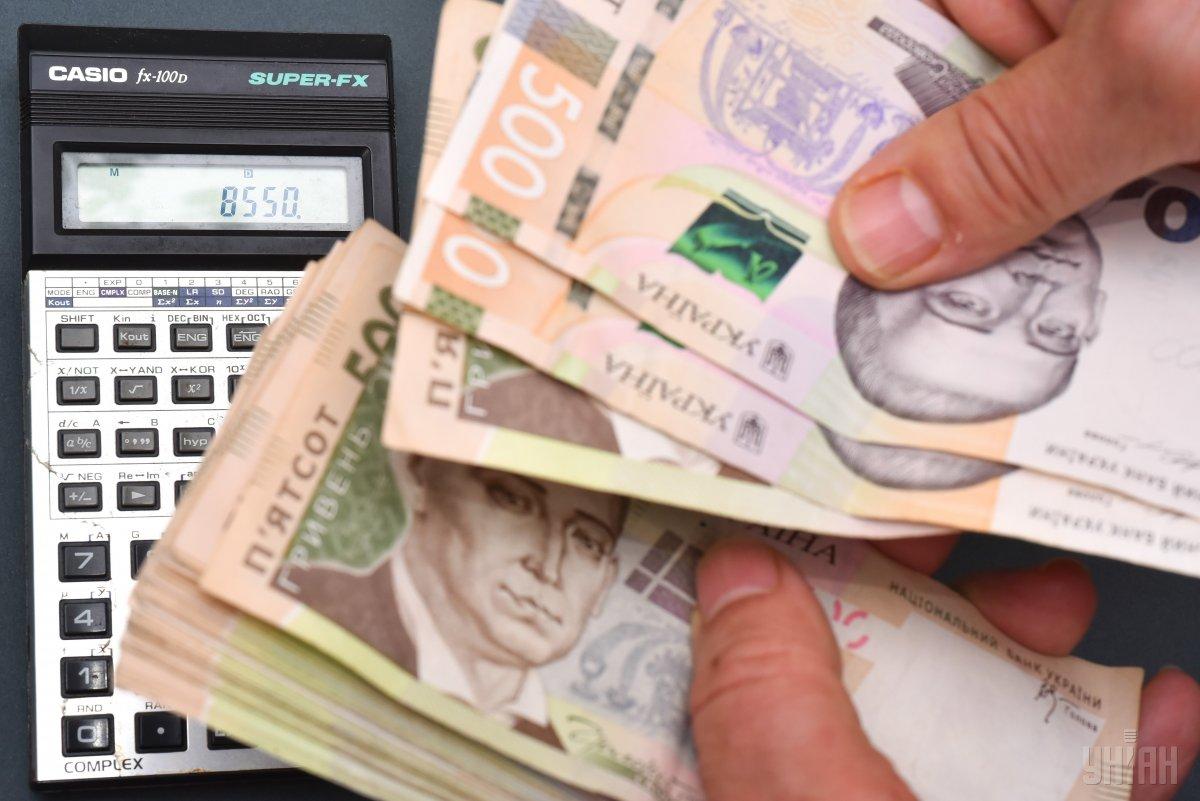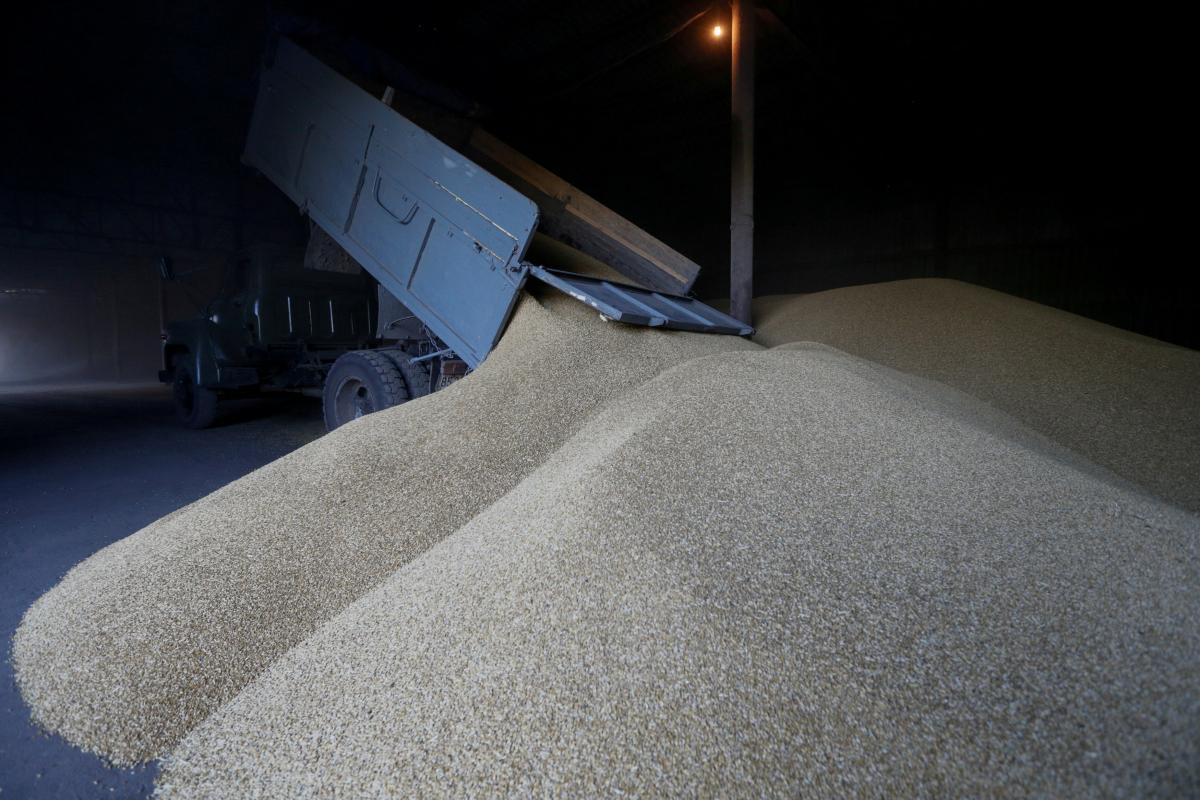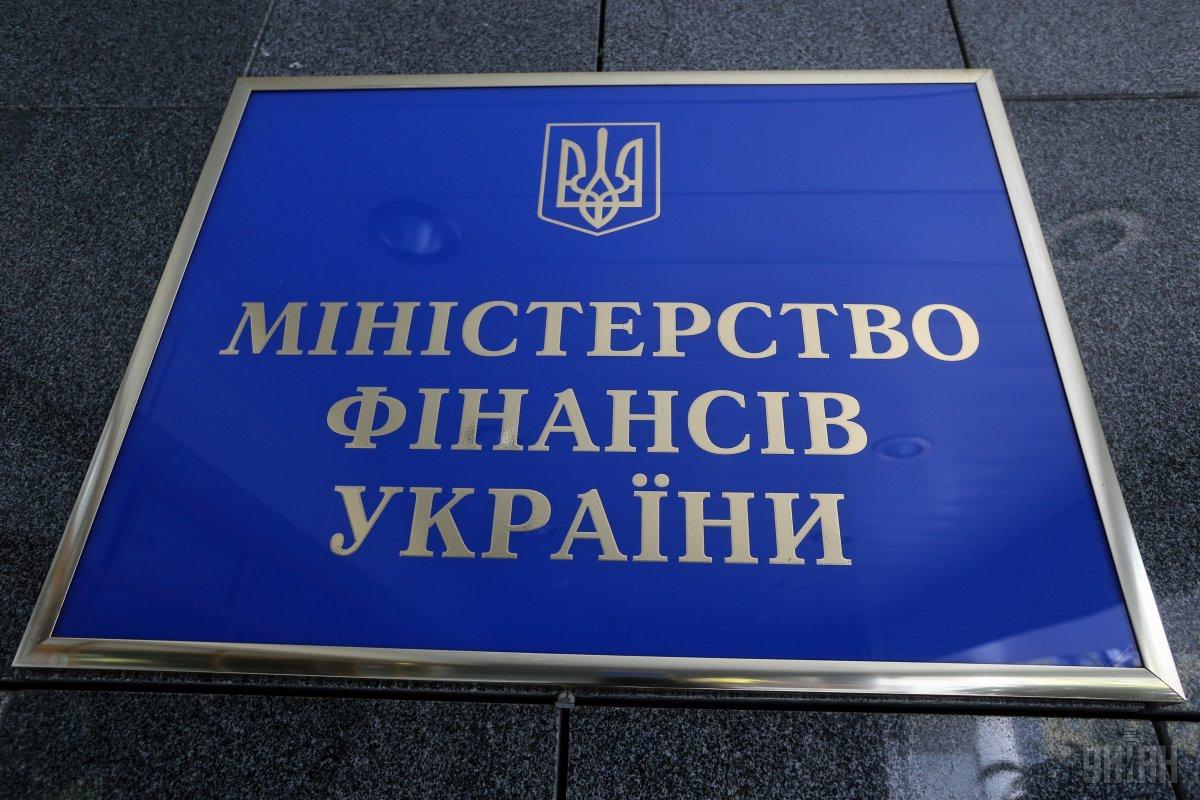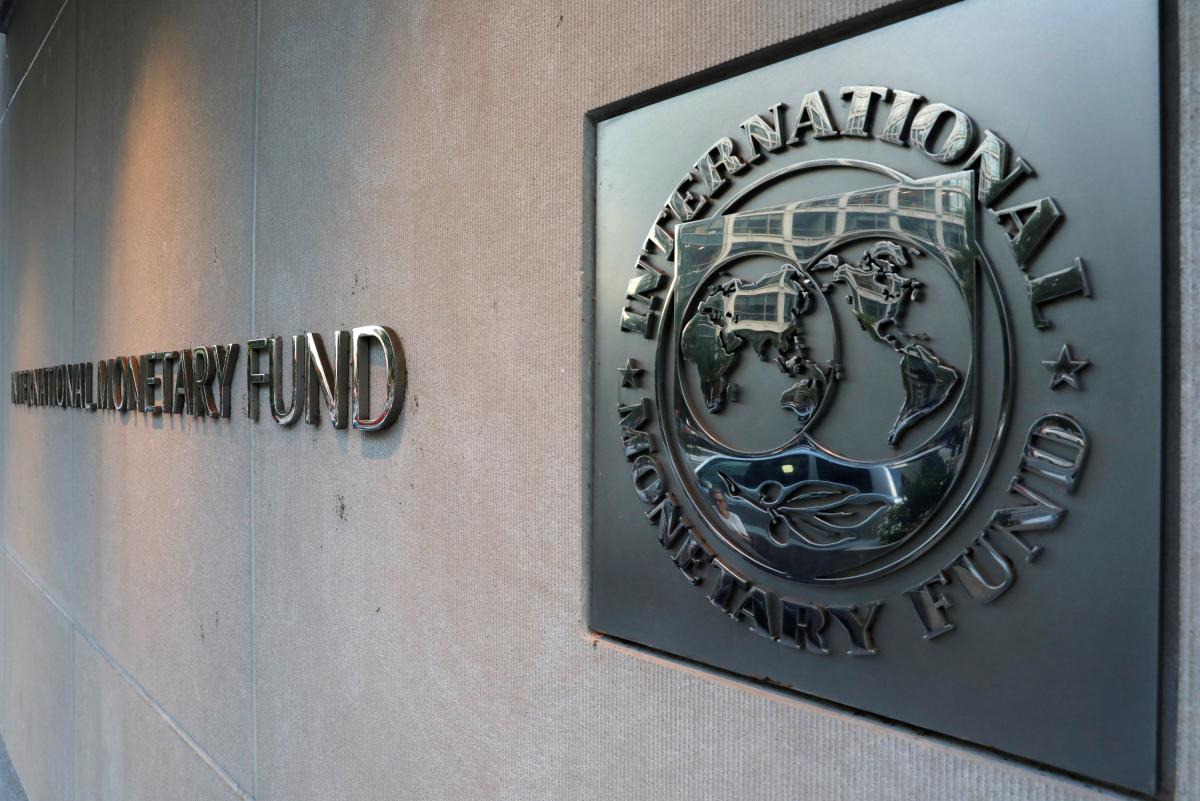
Hryvnia setting records: Outlook for forex market for autumn 2019
Ukraine's national currency, despite the influence of a number of negative factors, has renewed its three-year high, again. Experts assess the prospects of the hryvnia quite optimistic, while allowing some devaluation and naming a number of threats.
The Ukrainian hryvnia has updated its three-year high for the third time since year-start. As of Sept 13, the National Bank established an official rate of UAH 24.83 per dollar.
The situation is interesting for several reasons. The key factor in the late July's record strengthening of the hryvnia experts called the active redemption by non-residents of Ukrainian domestic government loan bonds and the associated inflow of foreign currency into the country. Now this factor has exhausted itself - while from year-start the share of non-residents in domestic bonds market showed rapid growth, in late July this indicator froze at around 11% and has since remained unchanged.
Statistics on the results of the latest bidding have not yet been made public, but, as government commissioner for public debt management Yuriy Butsa commented to UNIAN, there were no significant purchases at these auctions on the part of non-residents.
"Most of the demand was for foreign currency bonds," Butsa commented. "In general, the influence of non-residents on the foreign exchange market is more extended over time, therefore I would analyze the influence of other factors."
In addition to a reduction in the inflow of foreign currency into the country due to the cooling interest of foreigners in Ukrainian bonds, in early September, the Ministry of Finance of Ukraine made the largest payments on debt in foreign currency, paying more than $1 billion on 2015 Eurobonds plus interest. This fact also surprisingly went unnoticed for the market, which is unusual against the background of sharp exchange rate fluctuations seen during the periods of large debt payments in previous years.
Autumn did not break the calm of the market, which had previously been accompanied by seasonal unrest and rising demand for foreign currency. And all this against the background of a large-scale cancellation by the National Bank of market restrictions, including the complete abolition of limits on the withdrawal from Ukraine of dividends and funds from the sale of bonds, as well as the mandatory sale of foreign currency earnings.
"In general, the market is mainly seeing a clear supply of foreign currency. Since the beginning of the year, the NBU has redeemed about $3 billion to its reserves," the regulator's press service told UNIAN.
It can be stated that, contrary to fears expressed by experts this year, the previous factors of hryvnia destabilization no longer work.
So who's making weather in the foreign exchange market, and what are the forecasts for this autumn?

Growth factors
Senior analyst with Raiffeisen Bank Aval, Mykhailo Rebryk, explained in a comment to UNIAN that the hryvnia met this autumn with record growth, primarily due to the NBU's tight monetary policy, which maintains its key rate at a relatively high level.
"The limited hryvnia supply and a significant percentage differential, formed due to the tight monetary policy of the NBU, make it unprofitable to hold long positions in foreign currency. This weakens speculative motives, and also, due to the high cost of lending, encourages exporters to sell foreign currency earnings to cover their working capital needs," he explained.
In addition to this factor, the favorable situation for the hryvnia is facilitated by favorable conditions in the world market for Ukrainian agricultural exporters who are rushing to sell their record high grain harvest. The expert recalled that since the beginning of the 2019-2020 marketing year (July 2019 - June 2020), Ukraine has exported almost 10 million tonnes of cereals, which is 1.5 times more than the previous year. Metallurgical exporters also provide substantial support to the supply of foreign currency in the market.
At the same time, as Rebryk noted, there is a decrease in activity in the Ukrainian market of importers, which, in his opinion, cannot be the result of an exceptionally significant decrease in world prices for natural gas and a lower need for its purchases due to record high reserves in underground storage facilities.
"The weakening of imports looks somewhat strange against the background of a strengthening hryvnia exchange rate, which is favorable for importers, and against the backdrop of an overall strong consumer demand. Perhaps this is somehow connected with customs reform and anti-smuggling efforts," the expert suggested.
According to him, the fundamental factors have developed in favor of a strong hryvnia in the short term, and it could be strengthened even more, but this process is constrained by purchases of foreign currency by the NBU. That is, the regulator is trying to smooth out the sharp strengthening of the hryvnia in order to prevent the July scenario from repeating. That's when, as a result of active currency inflows from non-resident buyers of Ukrainian government bonds, the hryvnia in four days rose by 4% against the dollar.
By the way, besides the National Bank, the Ukrainian Finance Ministry was also a direct participant in the July incident in the foreign exchange market.

Fixing errors
According to Deputy Head of Citibank's board, Vladyslav Sochynskiy, criticism of the Ministry of Finance would have been justified two months ago – during a record sale of government bonds to non-residents.
"Long-term bonds are usually bought by non-residents. Now the Ministry of Finance has introduced limits on the placement of domestic bonds to prevent excessive foreign currency supply. While earlier there were issues of government bonds worth UAH 5 billion, for their purchase non-residents brought into the country $200 million. It’s impossible to cover such a currency offer in our interbank foreign exchange market with a daily volume of $300-450 million without the help of the National Bank," the expert explained.
According to him, the holding of large biddings for domestic government loan bonds before the end of the year is unlikely, since the Ministry of Finance has already fulfilled the internal borrowing plan and is now using a quota of external issues. In addition, the upcoming repayment of these bonds in the amount of about UAH 35 billion in hryvnia equivalent this year can easily be refinanced by attracting two or three billion hryvnias at weekly auctions. Such volumes will not provoke an excessive influx of foreign currency from non-residents.
Speaking of hryvnia stability factors, in addition to the high foreign currency supply from farmers, Sochynskiy noted the lack of pressure from the cash market and the preservation of strict fiscal discipline.
"There are no sharp hryvnia outflows or inflows from the treasury account to the banking system. The foreign exchange market is balanced. The National Bank from time to time buys up the surplus of foreign currency. For example, yesterday they bought $20 million. Reserves are growing," the expert reassured.

Under IMF umbrella
Experts traditionally consider the “umbrella” support of the International Monetary Fund to be the best guarantor of the well-being of the hryvnia in autumn, predicting a positive effect on forex rate stability the signing of a new agreement with the Fund.
Skeptics could cite the example of Argentina, which at one time received a much more serious aid package from the IMF, but now is on the verge of yet another default. Also, they could recall the threat of an impending global recession that could affect all emerging markets.
Sochynsky is seeing no risk of an Argentinean scenario repeating in Ukraine.
"This is a problem of a single country, not the market as a whole. In Argentina, investors saw the risk of populists coming to power and debt restructuring, which led to an outflow of capital. But during the same period - in August - none of non-residents sold Ukrainian bonds, as well as bonds of other countries with which we can be compared - Egypt, Turkey, and Nigeria," he explained.
At the same time, the expert admits that in the event of a global outflow of capital from emerging markets under the pressure of trade wars between the US and China, investors could reduce investments in risky assets. But he says no such threat is expected over the next two months.
According to Sochynskiy, now the market, on the contrary, is preparing for the National Bank to continue to lower the key rate, and, by year-end, it may have been be reduced by another 1.5 percentage points. This will lead to a further decrease in yield on government bonds, which will however remain quite high anyway.
Mykhailo Rebryk, in turn, admits that the seasonal boost in transactions of importers, as well as the weakening of foreign currency sales by non-resident investors in domestic bonds and their possible purchase of foreign currency to convert the proceeds from these bonds, may prompt the hryvnia to a certain weakening.
"In the base case scenario, in the second half of autumn, we expect the hryvnia to return to the range of UAH 25.5-26.5 per dollar with a possible situational weakening to UAH 27.5," the expert predicts.
In conclusion, it is worth noting that the failure of talks with the IMF could be a negative factor for the exchange rate. Just this Wednesday, Sept 11, the Fund's review mission arrived in Kyiv. Prime Minister of Ukraine Oleksiy Honcharuk during a briefing following a Cabinet meeting announced the start of negotiations on a new program, promising to find a common language with the lender on all positions, including that of PrivatBank.
Meanwhile, PrivatBank, incidentally, reported of the law enforcement raid of its Dnipro HQ. It is possible that the IMF factor, as well as the ones factors we have examined, no longer plays such a significant role in the fate of the hryvnia.
But, on the other hand, testing this theory could come at a high cost to Ukrainians.
Olha Hordienko

